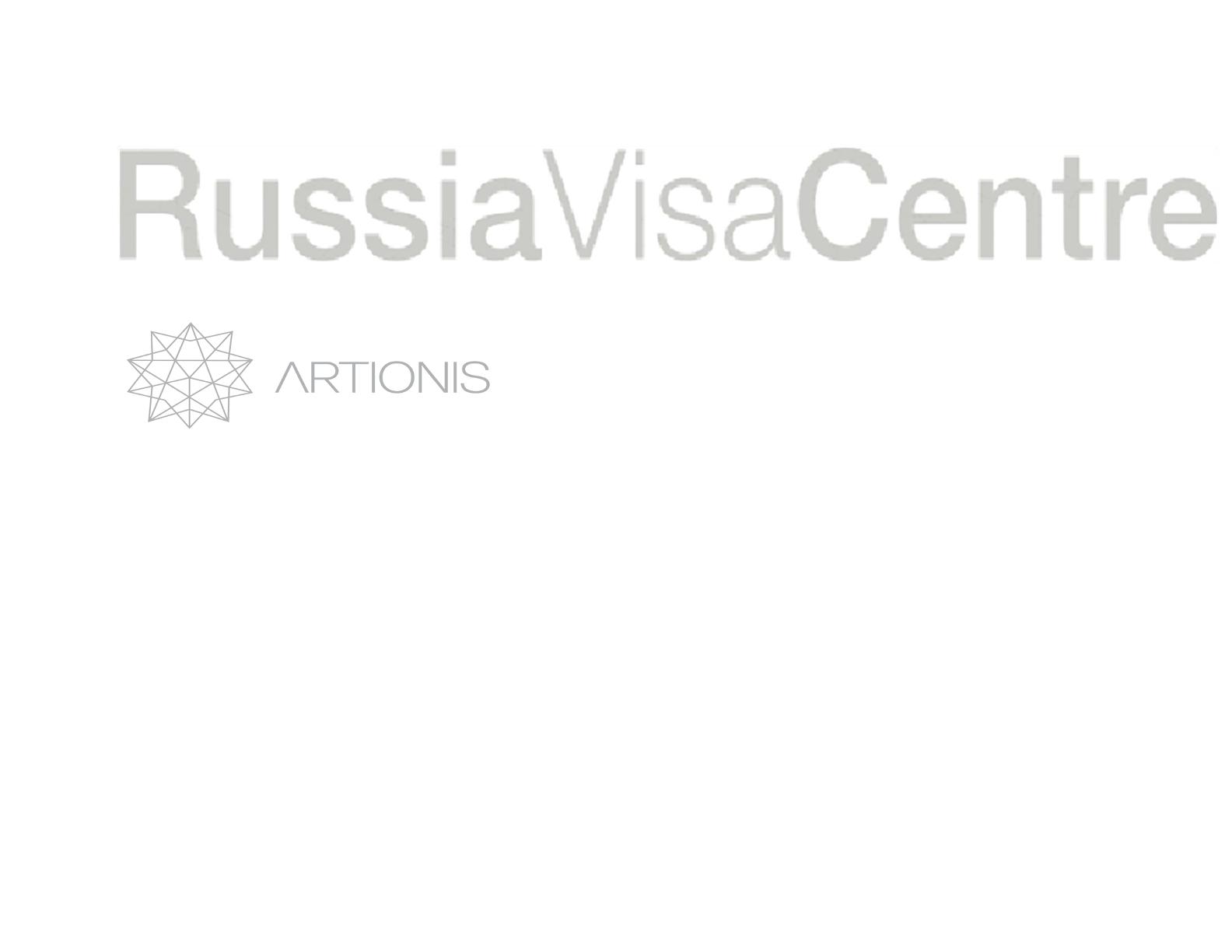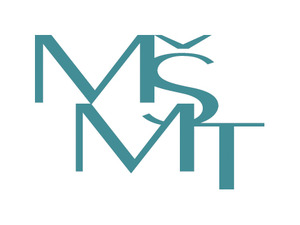Nuclear data for advanced nuclear systems
Author
| Wagner Vladimír, RNDr. CSc. | Nuclear Physics Institute of the ASCR |
| Svoboda O. | Nuclear Physics Institute of the ASCR |
| Suchopár Martin, Ing. | Institute of Physics ASCR |
| Vrzalová Jitka, Ing. | Nuclear Physics Institute of the ASCR, JINR Dubna |
| Chudoba Petr, Mgr. | Institute of Physics ASCR |
| Tichý Pavel, Bc. | Faculty of Nuclear Sciences and Physical Engineering, CTU |
| Kugler Andrej, RNDr. CSc. | Nuclear Physics Institute of the ASCR |
| Adam Jindřich, promovaný fyzik Csc. | Nuclear Physics Institute of the ASCR, JINR Dubna |
| Závorka Lukáš, Ing. | Faculty of Nuclear Sciences and Physical Engineering, JINR Dubna |
| et al. | different institutions |
Year
2014
Scientific journal
Proceedings of Science, Baldin ISHEPP XXII, 057
Web
Abstract
XXII International Baldin Seminar on High Energy Physics Problems, 2014, Dubna, Russia
The development of advanced nuclear systems as generation IV reactors, accelerator driven systems and fusion reactors needs new reliable high quality nuclear data. The relativistic proton and light ion accelerator Nuclotron at JINR Dubna was used to study cross-sections of deuteron reactions on copper. The obtained excitation functions of different radionuclide productions by relativistic deuterons on copper were used for determination of beam integral during last experiment with E+T set-up using copper foil. The discrepancy which we had between beam integral values obtained by means of two aluminium foil monitors was resolved by this new analysis. The accurate cross-sections of neutron reactions in wide energy range and relativistic light ion reactions are the most important part of the experimental studies. We used two quasi mono-energetic neutron sources for studies of neutron reaction cross-sections on broad set of materials. The first facility is the neutron source based on the cyclotron at the Nuclear Physics Institute of ASCR, Řež. It provides neutron beams in the energy range from 14 MeV up to 35 MeV. The second neutron source is built around the cyclotron at TSL Uppsala. This facility provides neutron beam in the energy range from 14 MeV up to 200 MeV. Both facilities are open for European users within the framework of project CHANDA.
The development of advanced nuclear systems as generation IV reactors, accelerator driven systems and fusion reactors needs new reliable high quality nuclear data. The relativistic proton and light ion accelerator Nuclotron at JINR Dubna was used to study cross-sections of deuteron reactions on copper. The obtained excitation functions of different radionuclide productions by relativistic deuterons on copper were used for determination of beam integral during last experiment with E+T set-up using copper foil. The discrepancy which we had between beam integral values obtained by means of two aluminium foil monitors was resolved by this new analysis. The accurate cross-sections of neutron reactions in wide energy range and relativistic light ion reactions are the most important part of the experimental studies. We used two quasi mono-energetic neutron sources for studies of neutron reaction cross-sections on broad set of materials. The first facility is the neutron source based on the cyclotron at the Nuclear Physics Institute of ASCR, Řež. It provides neutron beams in the energy range from 14 MeV up to 35 MeV. The second neutron source is built around the cyclotron at TSL Uppsala. This facility provides neutron beam in the energy range from 14 MeV up to 200 MeV. Both facilities are open for European users within the framework of project CHANDA.
Cite article as:
V. Wagner, O. Svoboda, M. Suchopár, J. Vrzalová, P. Chudoba, P. Tichý, A. Kugler, J. Adam, L. Závorka, . et al., "Nuclear data for advanced nuclear systems", Proceedings of Science, Baldin ISHEPP XXII, 057 (2014)


 MINISTR ŠKOLSTVÍ KE SPOLUPRÁCI ČR S SÚJV
MINISTR ŠKOLSTVÍ KE SPOLUPRÁCI ČR S SÚJV INTEREST JINR, Wave 6
INTEREST JINR, Wave 6 The passing of Ivo Zvára
The passing of Ivo Zvára Call for the projects solved in collaboration with JINR (Projects 3+3)
Call for the projects solved in collaboration with JINR (Projects 3+3)  Call for the Grants of the Plenipotentiary of the Government of the Czech Republic in JINR
Call for the Grants of the Plenipotentiary of the Government of the Czech Republic in JINR Czech Ambassador in Russia visited JINR
Czech Ambassador in Russia visited JINR INTEREST JINR, Wave 5
INTEREST JINR, Wave 5 Russia Visa Centre
Russia Visa Centre Working Stays CR - JINR 2022
Working Stays CR - JINR 2022